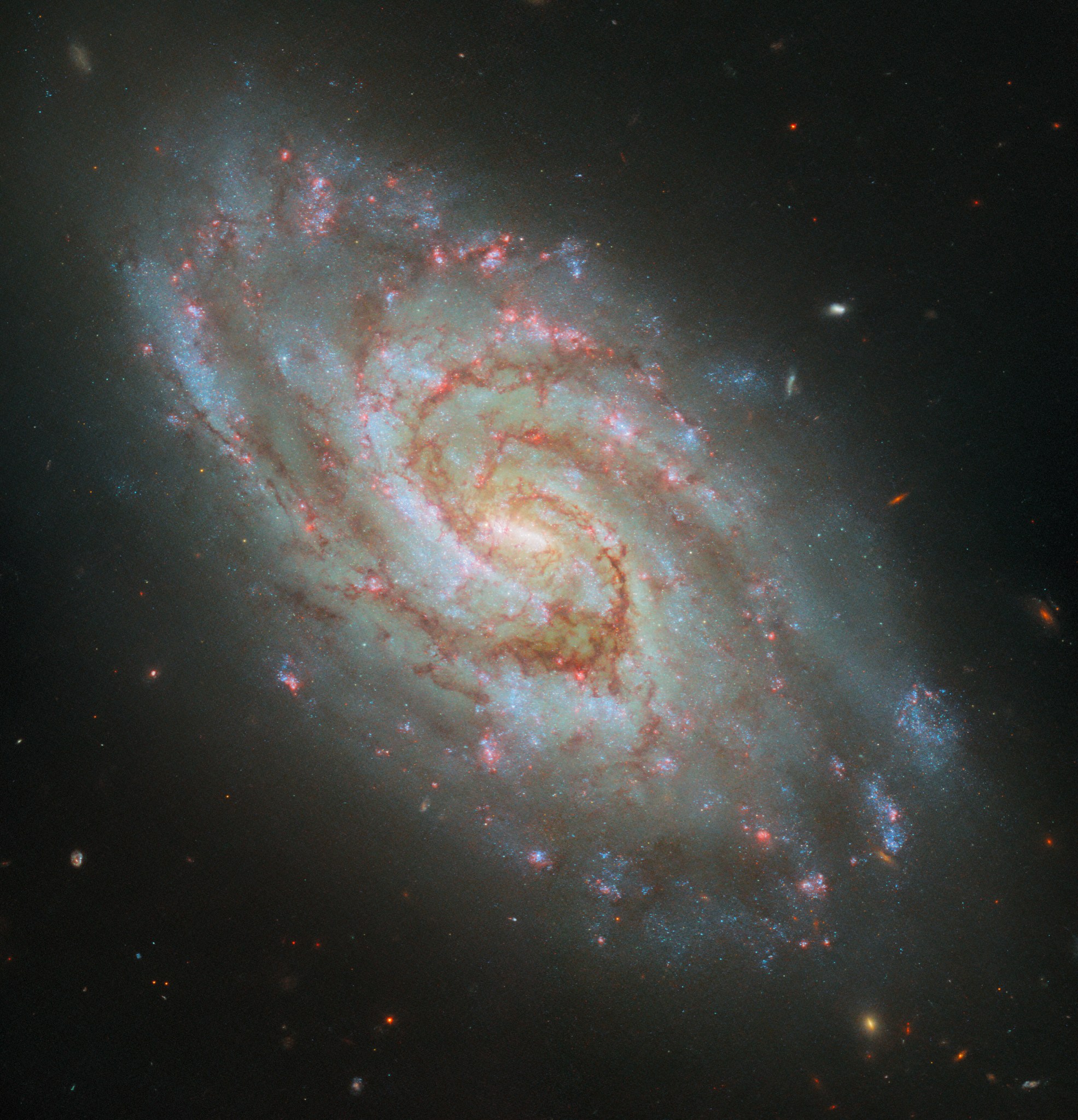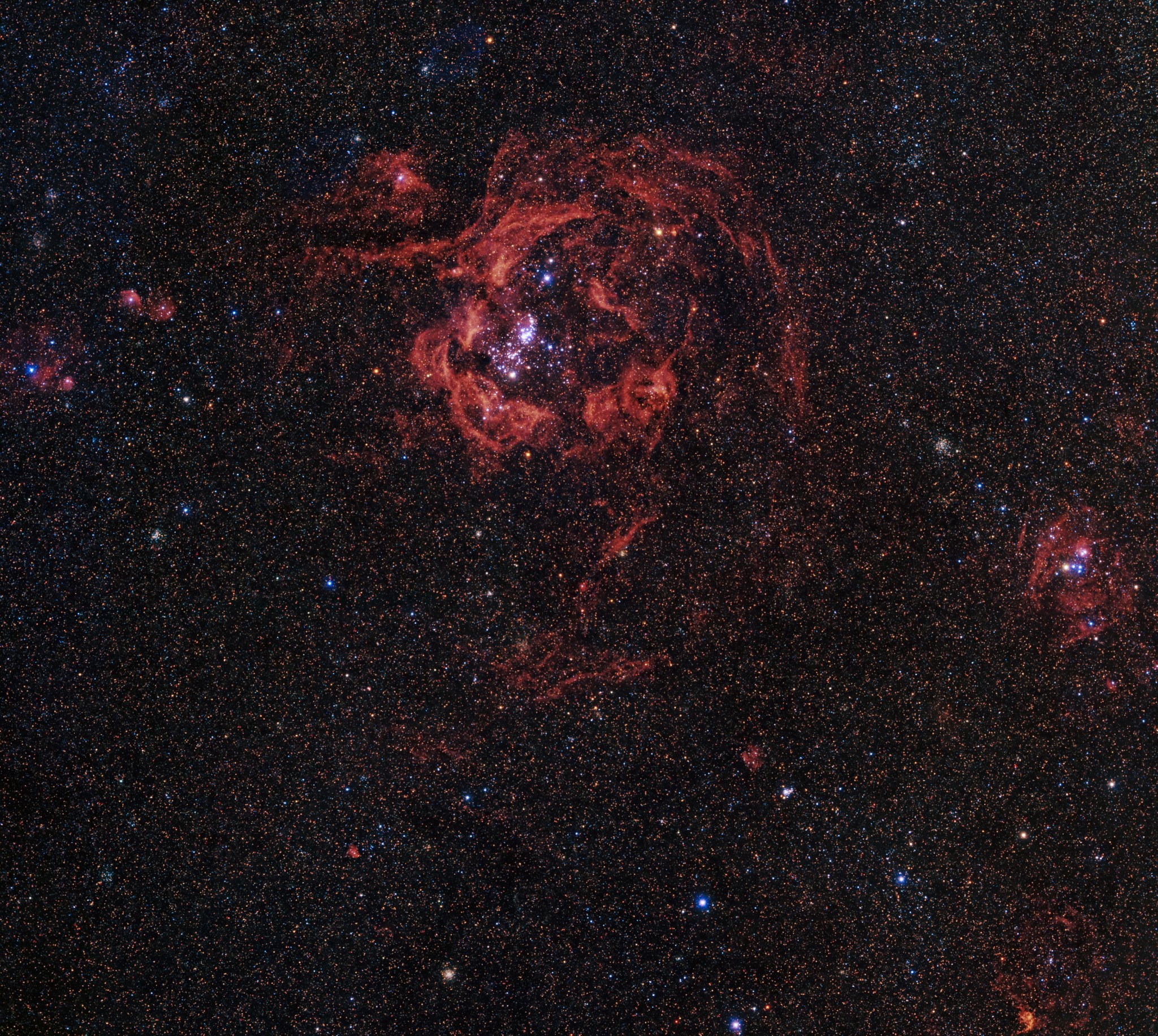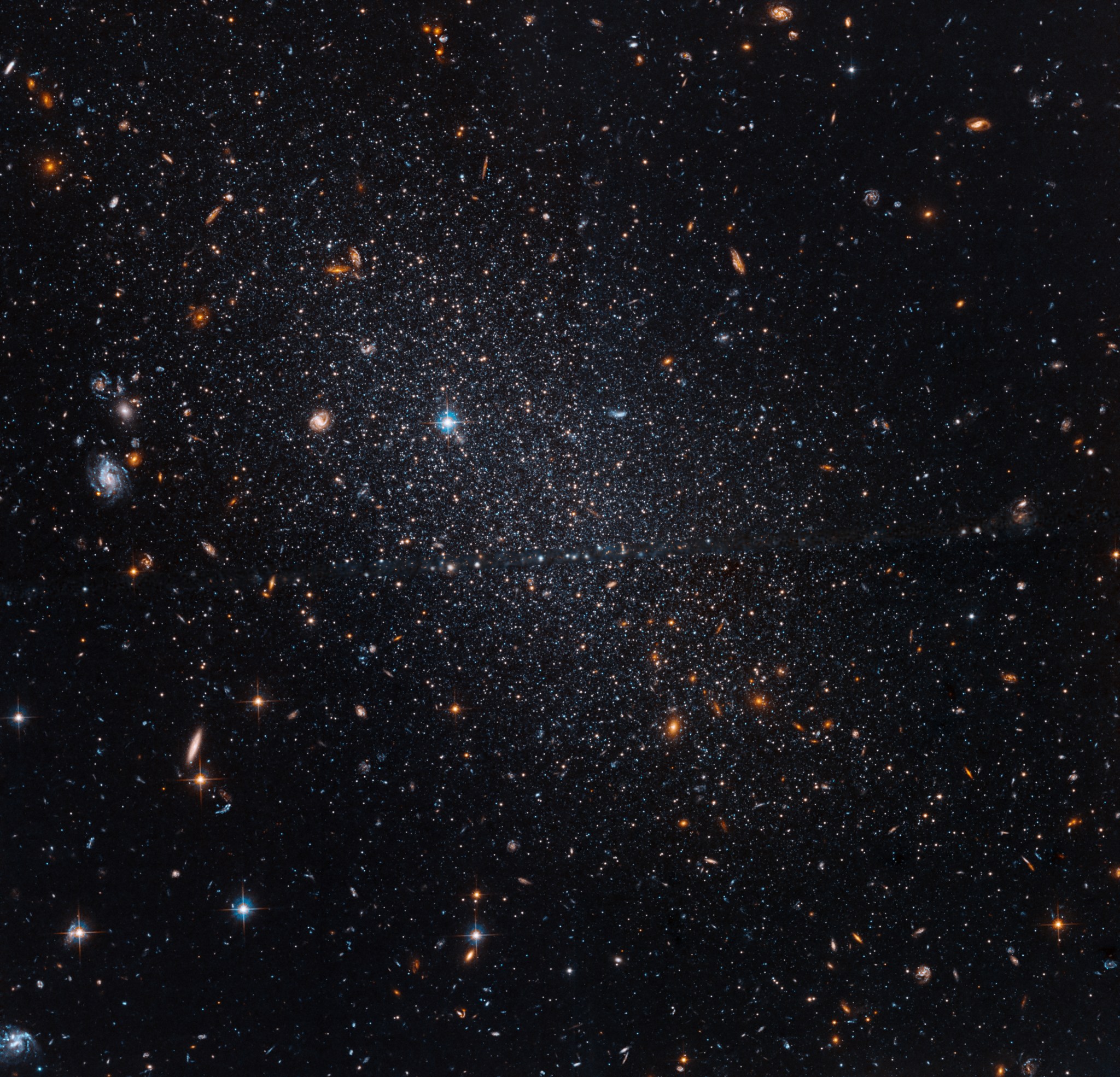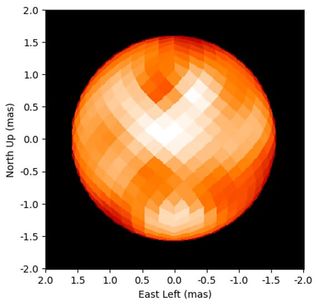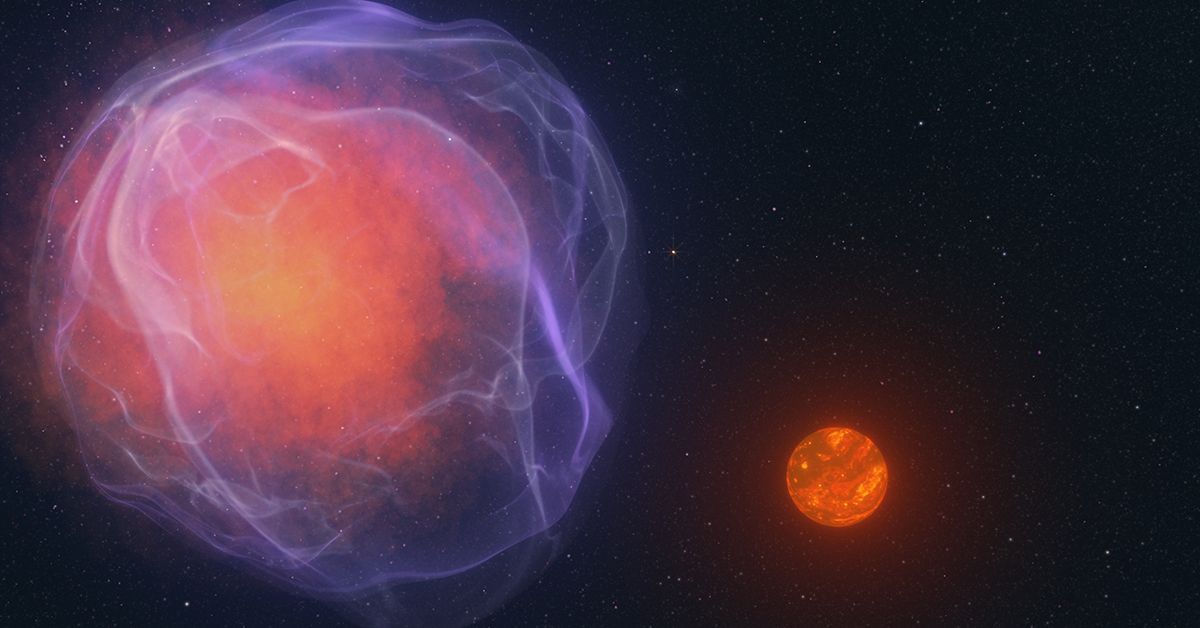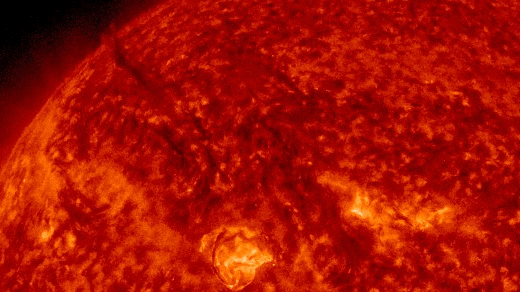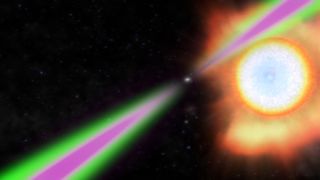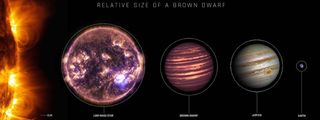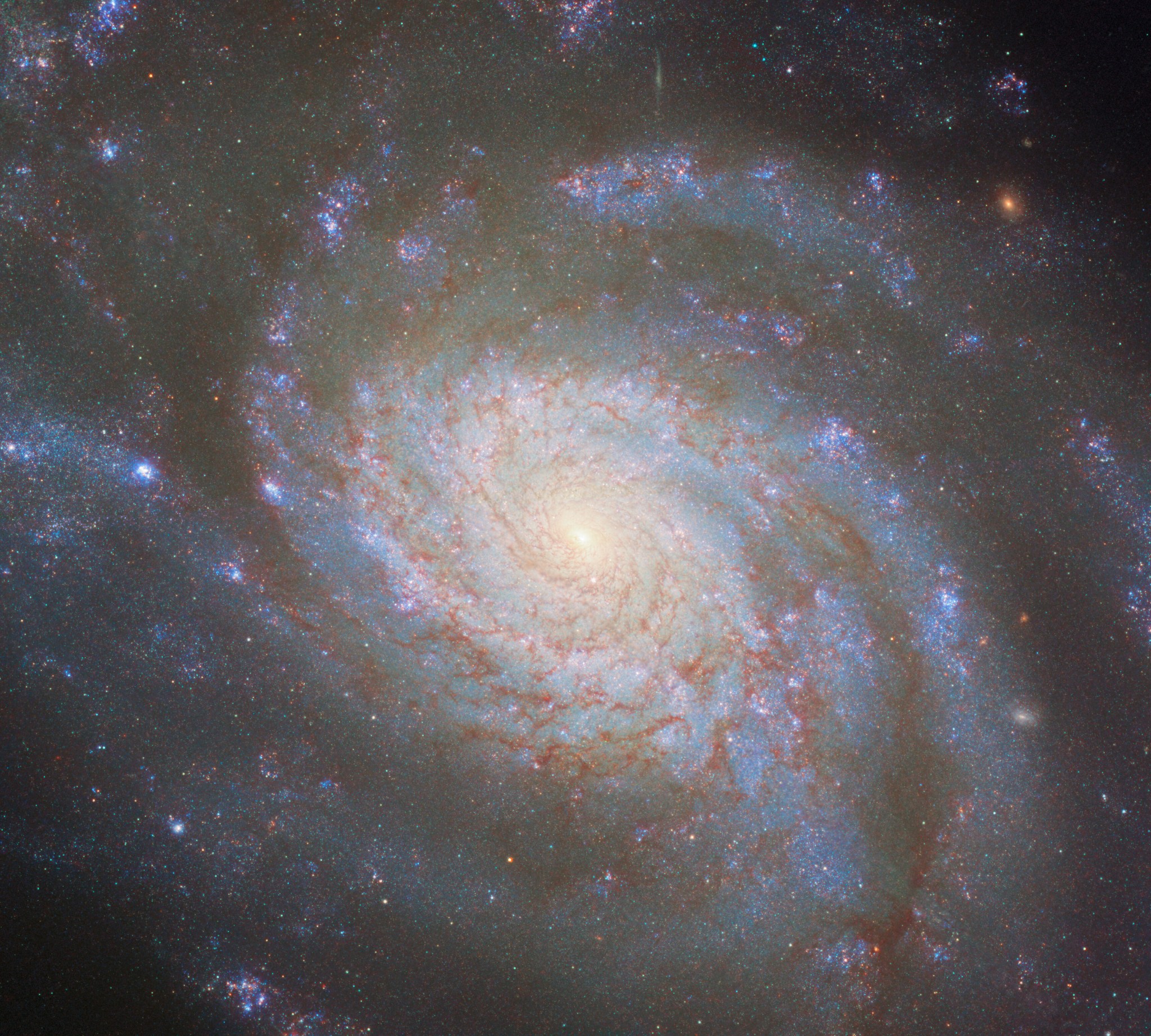Hubble Space Telescope Home Hubble Captures Stellar… Hubble Space Telescope Hubble Home Overview About Hubble The History of Hubble Hubble Timeline Why Have a Telescope in Space? Hubble by the Numbers At the Museum FAQs Impact & Benefits Hubble’s Impact & Benefits Science Impacts Cultural Impact Technology Benefits Impact on Human Spaceflight Astro Community Impacts Science Hubble Science Science Themes Science Highlights Science Behind Discoveries Hubble’s Partners in Science Universe Uncovered Explore the Night Sky Observatory Hubble Observatory Hubble Design Mission Operations Missions to Hubble Hubble vs Webb Team Hubble…
Read MoreTag: Stars
Hubble Zooms into the Rosy Tendrils of Andromeda
2 min read Hubble Zooms into the Rosy Tendrils of Andromeda NASA, ESA, M. Boyer (Space Telescope Science Institute), and J. Dalcanton (University of Washington); Image Processing: Gladys Kober (NASA/Catholic University of America) Clusters of stars set the interstellar medium ablaze in the Andromeda Galaxy about 2.5 million light-years away. Also known as M31, Andromeda is the Milky Way’s closest major galaxy. It measures approximately 152,000 light-years across and, with almost the same mass as our home galaxy, is headed for a collision with the Milky Way in 2-4 billion…
Read MoreHubble Reaches a Lonely Light in the Dark
2 min read Hubble Reaches a Lonely Light in the Dark NASA, ESA, C. Gallart (Instituto de Astrofisica de Canarias), A. del Pino Molina (Centro de Estudios de Fisica del Cosmos de Aragon), and R. van der Marel (Space Telescope Science Institute); Image Processing: Gladys Kober (NASA/Catholic University of America) A splatter of stars glows faintly at almost 3 million light-years away in this new image from NASA’s Hubble Space Telescope. Known as the Tucana Dwarf for lying in the constellation Tucana, this dwarf galaxy contains a loose bundle of…
Read MoreScientists collect high-resolution images of the North Star’s surface for 1st time
In our solar system, scattered across one of Earth’s verdant mountains, six eggshell-white telescopes gaze into the deep universe. As one cohesive hive, the domed structures collect cosmic light to guide modern astronomers exploring space — and it is thanks to this hive that we now have a brilliant new perspective on the light that guided astronomers of the past: the North Star. Our visual knowledge of the current North Star (because of Earth’s axial wobble, the title passes to different stars over the eons) runs deep. Artists, old and…
Read MoreNASA Citizen Scientists Spot Object Moving 1 Million Miles Per Hour
4 min read NASA Citizen Scientists Spot Object Moving 1 Million Miles Per Hour This artist’s concept shows a hypothetical white dwarf, left, that has exploded as a supernova. The object at right is CWISE J1249, a star or brown dwarf ejected from this system as a result of the explosion. This scenario is one explanation for where CWISE J1249 came from. W.M. Keck Observatory/Adam Makarenko Most familiar stars peacefully orbit the center of the Milky Way. But citizen scientists working on NASA’s Backyard Worlds: Planet 9 project have helped discover…
Read MoreStellar oddball: Nearby star rotates unlike any other
A nearby star that’s similar to the sun in many ways is actually an unprecedented oddball, astronomers have discovered. The surprising star is V889 Herculis, located 115 light-years away in the constellation of Hercules. This otherwise sun-like young star spins in a way that astronomers have never seen before and could challenge our model of stellar rotation, which scientists had thought was well understood. Stars are roiling balls of superheated gas or plasma, meaning they don’t rotate like solid bodies. Instead, they display differential rotation; some layers move at different…
Read More10 new dead star ‘monsters’ discovered at the heart of the Milky Way
Astronomers have discovered ten strange dead stars, or “neutron stars,” lurking near the heart of the Milky Way. These weirdo neutron stars are also spinning, meaning they are “pulsars.” Scientists suspect the overly dense nature of this oddball globular cluster, located 18,000 light-years from Earth, could result in these rapidly spinning dead stars taking on bizarre and twisted forms. The lot, for instance, includes several “spider pulsars” that destroy stars with plasma webs and a speed demon vampire star greedily feasting on its companion stars. Pulsars are neutron stars that…
Read MoreRunaway ‘failed star’ races through the cosmos at 1.2 million mph
A newly discovered rogue stellar body may well be a “failed star,” but it certainly isn’t a failure when it comes to velocity! The potential brown dwarf is racing through our Milky Way galaxy at 1.2 million mph (1.9 million kph). That’s about 1,500 times faster than the speed of sound! Thankfully, this cosmic runaway is heading toward the center of the Milky Way and not toward us. However, the object is traveling so fast that it could eventually escape our galaxy entirely. The incredible speed of this newly uncovered…
Read MoreHubble Measures the Distance to a Supernova
3 min read Hubble Measures the Distance to a Supernova This NASA/ESA Hubble Space Telescope image features the galaxy NGC 3810. ESA/Hubble & NASA, D. Sand, R. J. Foley Measuring the distance to truly remote objects like galaxies, quasars, and galaxy clusters is a crucial task in astrophysics, particularly when it comes to studying the early universe, but it’s a difficult one to complete. We can only measure the distances to a few nearby objects like the Sun, planets, and some nearby stars directly. Beyond that, astronomers need to use…
Read MoreCosmic crime scene reveals ancient supernova aftermath of dead star merger
The ultimate cosmic “cold case” has lingered for 843 years — and now, space detectives may have solved it at last. In 1181 AD, as the Genpei War raged in Japan, a mystery “guest star” briefly flashed over Asia’s skies. Astronomers had puzzled over the brief event until 2021, when a team of researchers tracked it to its location in the cosmos. Yet, the cause of the event, now designated supernova (SN) 1181, remained shrouded in mystery. That was until a team of scientists used computer modeling and observational analysis…
Read More